The Baath regime, which had been in existence for years in Syria, was overthrown by the opposition in recent weeks. After the event, which was a milestone for Syria and the region, what happened in Syrian prisons began to come to light. After rebels captured Damascus and overthrew the regime, they opened the most notorious prison, Sednaya, and released the prisoners. Syrian people were also allowed to call their relatives. With this development, the mystery of Sednaya began to be solved. Here are all the details!
TEN THOUSANDS LOST IN THE DETENTION NETWORK
Scouring the grounds of Sednaya, the country’s most notorious prison, Syrians rummage through prisoner lists and dig through the concrete floor to find hidden cells or graves.

Tens of thousands of people have gone missing in the country’s sprawling detention network since President Bashar Assad’s regime moved to suppress the 2011 uprising.
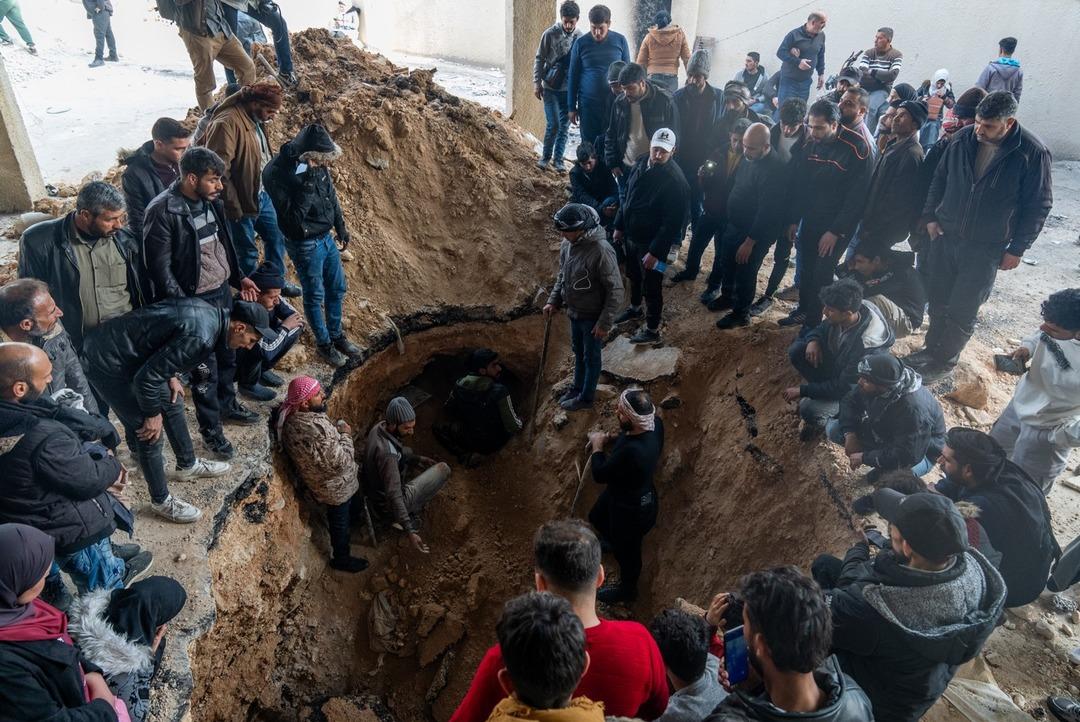
50 PEOPLE WERE EXECUTED EVERY DAY
Civilians, opposition soldiers and rescue teams encountered piles of clothing and red ropes left in the cell blocks of the military-run Sednaya Prison.

The State Department said that as many as 50 people were hanged every day at the prison in 2017.

“99 PERCENT DIE”
After overthrowing Assad, the opposition opened Sednaya, released the prisoners and allowed the public to search for the missing.

Speaking to the American newspaper Wall Street Journal, lawyer Ammar El-Bara commented, “99 percent of them are dead.”
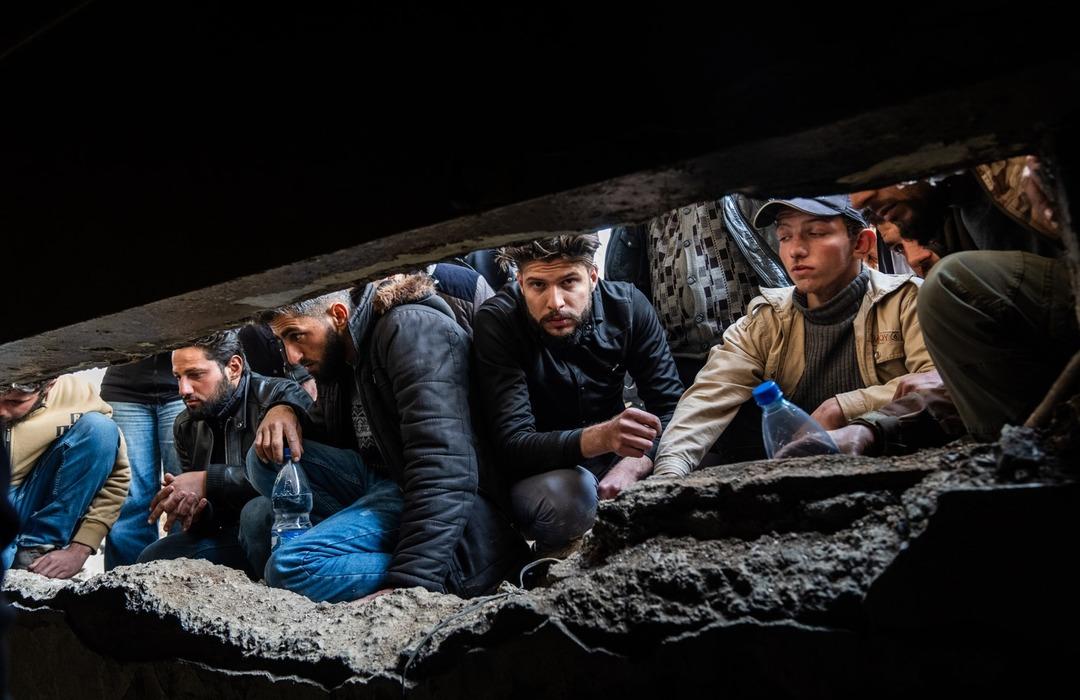
Accessing the prison records, the lawyer read out a list of names: “Executed, executed, died of disease.”

100 THOUSAND SYRIANS LOST
Cells holding large groups of prisoners were filled with discarded clothing and thin mattresses were strewn on the floor. The words “Someday” were carved on the wall of a cell.

After the civil war, the regime expanded torture and mass detention to an industrial scale, according to Western governments, human rights groups and survivors of abuses.

Approximately 100 thousand Syrians had disappeared by 2022.

“SYMBOL OF THE RURALITY OF THE REGIME”
Along with his use of chemical weapons and bombing of opposition-held areas, Assad’s prisons have become a global symbol of his regime’s brutality and the main reason why many countries ostracize him.
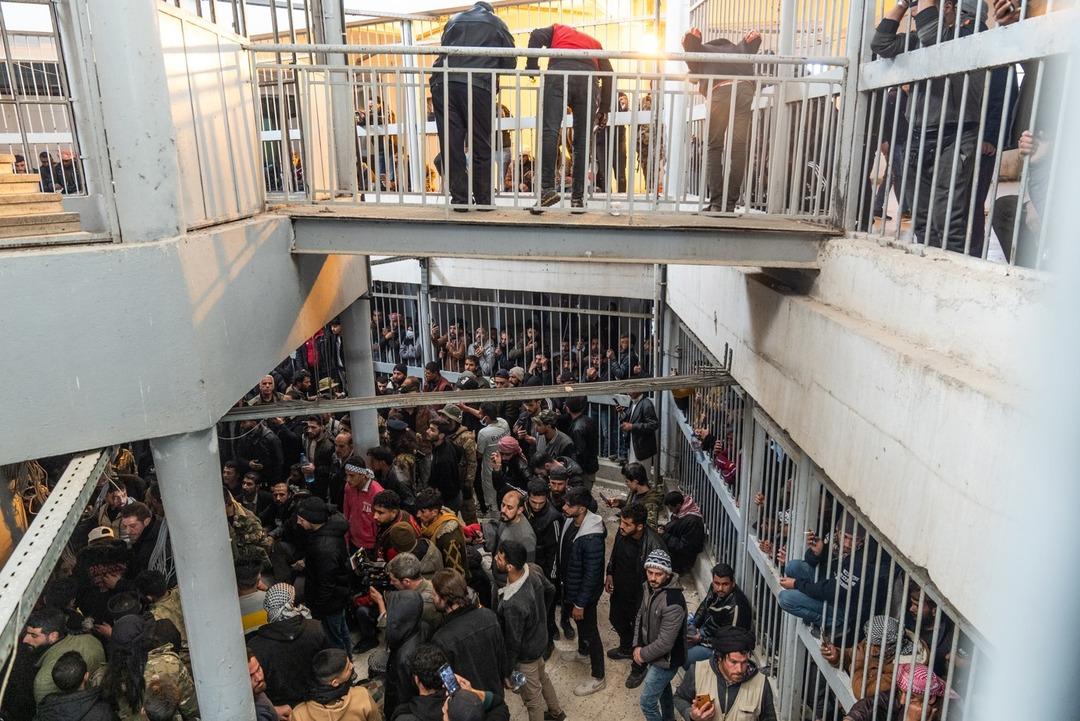
Hundreds of thousands of people died and 12 million people were displaced from their homes during the civil war in Syria.

THEY DOCUMENTED THE DEAD WITH PHOTOS
A 2014 report found evidence that Assad’s government executed nearly 11,000 detainees.

A Syrian military photographer tasked with documenting the bodies of the dead has been released from prison by hundreds of thousands of photographs that were later used as evidence in war crimes prosecutions.

THE DEAD WERE REMOVED FROM PRISON
At Damascus Hospital, a medical facility in the capital, tearful civilians searched for relatives among dozens of bodies that medics said had been removed from prisons since Assad’s fall.

The bodies were on stretchers, in stainless steel cabinets, and on the ground in the courtyard adjacent to the hospital.

HE WAS RECOGNIZED BY HIS TATTOO
A mother named Amira Homsi, 50, living in Damascus, identified her son among the bodies said to have been taken out of prisons at Damascus Hospital in the capital.

While the paramedics were trying to hold the missing relatives, Humusi said “wait a second” and cried out, “That’s my son.”

The 50-year-old mother recognized 20-year-old iron worker Mohammed Faiz Abu Shakra from the tattoo of a double star on his chest.

The mother said her son was with friends at a neighbor’s house late at night when he was abducted by security forces on October 26.
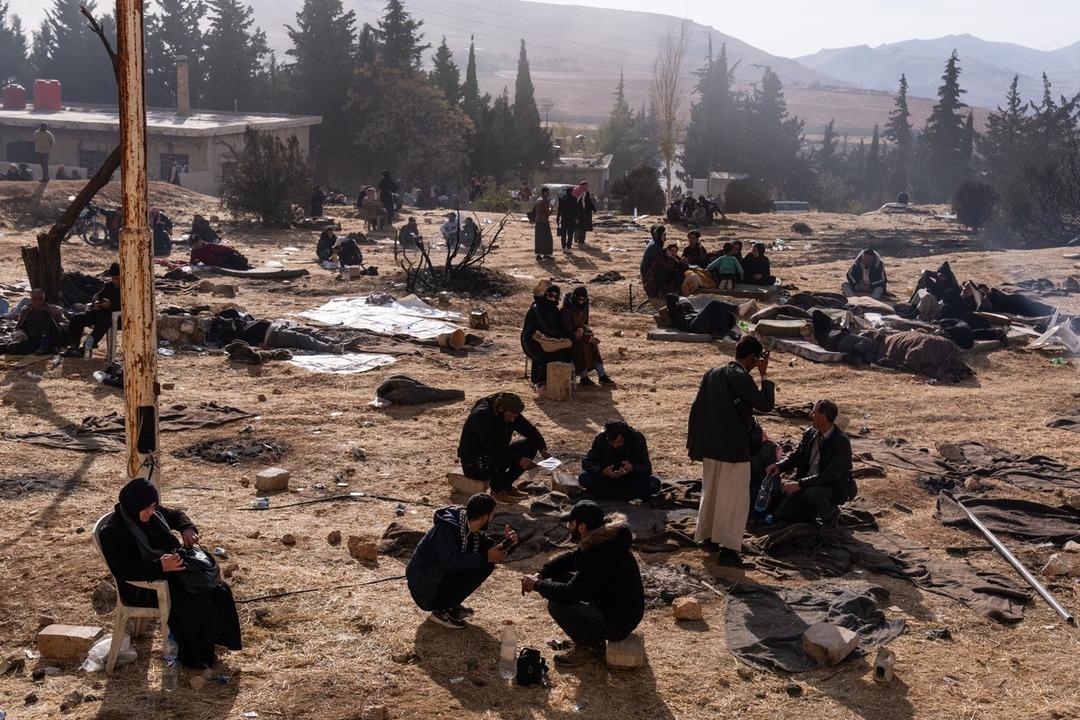

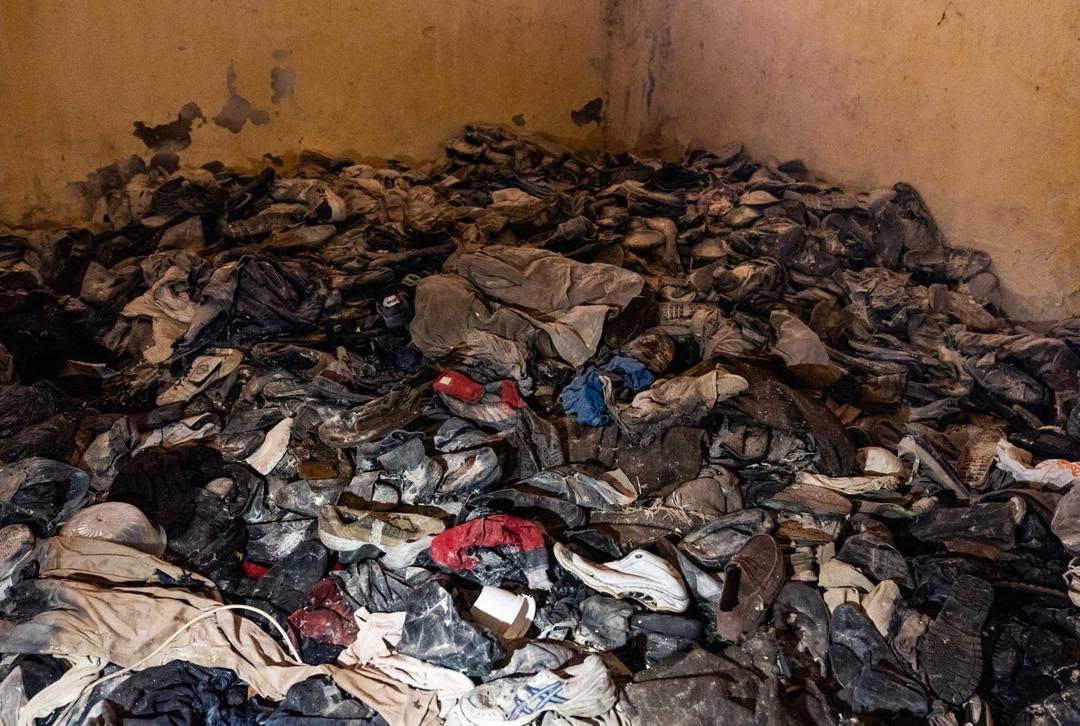


Source: NTV
